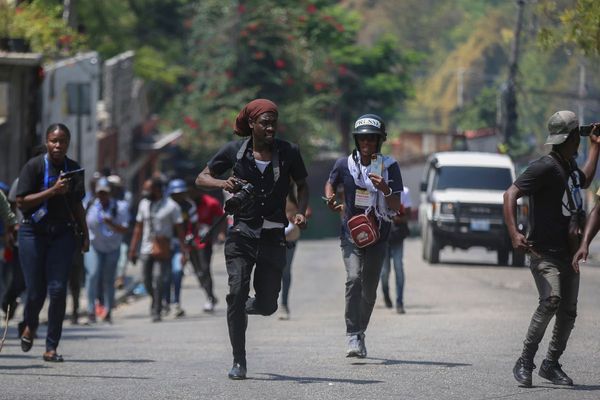
A picture may be worth a thousand words, but for the visually impaired, one touch is worth a thousand words. One touch can better expand their world than listening to the explanations of masterpieces and sightseeing spots hundreds of times.
Tactus Museo, operated by the Japan Braille Library in Shinjuku Ward, Tokyo, offers a doorway to the world.
Masaki Matsuo, a visually impaired man who visited the museum for the first time from Tsukuba, Ibaraki Prefecture, ran his fingertips over the three-dimensional gypsum relief of Leonardo da Vinci's famous painting, "The Last Supper." Matsuo repeatedly uttered words of admiration as he did.

"It's marvelous. One, two, three … There are people here, too," he said.
The relief is one of only three in the world and was produced by Il Museo Tattile Anteros.
"The faces [of the apostles] are facing different directions, and even the depth of the room is expressed. I didn't know that a picture could provide so much information," Matsuo said.

The museum was originally a room used by the Japan Braille Library as an editing room for recorded books. The room was renovated and opened in 2018 to allow visually impaired people to appreciate the arts.
The exhibits in the museum include models that were used as teaching materials for the visually impaired, collected by Susumu Ouchi, a former researcher at the National Institute of Special Needs Education.
The exhibition space on the second floor of the building is about 30 square meters. Visitors put down their canes and sit on chairs to appreciate the exhibition, guided by the staff.

Special exhibitions are held two or three times a year with different themes. In the current exhibition, "Soda, Nara, Kyoto o Sawaro" (Let's touch Nara and Kyoto), about 25 miniature versions of temples and Buddha statues found in Nara and Kyoto, such as Horyuji temple and Kiyomizudera temple, are on display. The exhibition will be held through March 12.
To show the size of the Great Buddha Hall at Todaiji temple in Nara, a miniature car created using the same scale is also displayed.
A full-scale model of the 2.5-meter-long hand of the Great Buddha was handmade by the staff using styrofoam.

Models may get damaged if visitors are allowed to touch them, but that is expected. There are a lot of things you can learn by touching such special exhibits, regardless of being able to see it.
Read more from The Japan News at https://japannews.yomiuri.co.jp/







